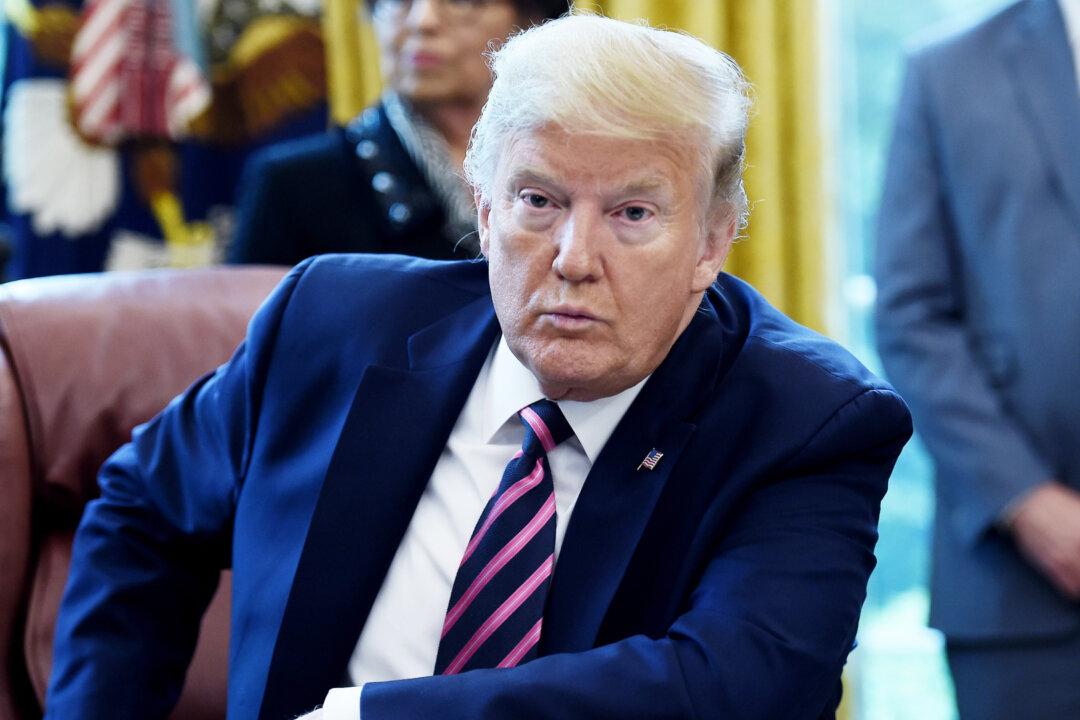Commentary
President Donald Trump was pilloried by the liberal press when he compared COVID-19 to the flu. His gut instinct was to keep businesses open while the CCP virus ran its course, while taking the usual steps required in a flu outbreak.

President Donald Trump was pilloried by the liberal press when he compared COVID-19 to the flu. His gut instinct was to keep businesses open while the CCP virus ran its course, while taking the usual steps required in a flu outbreak.